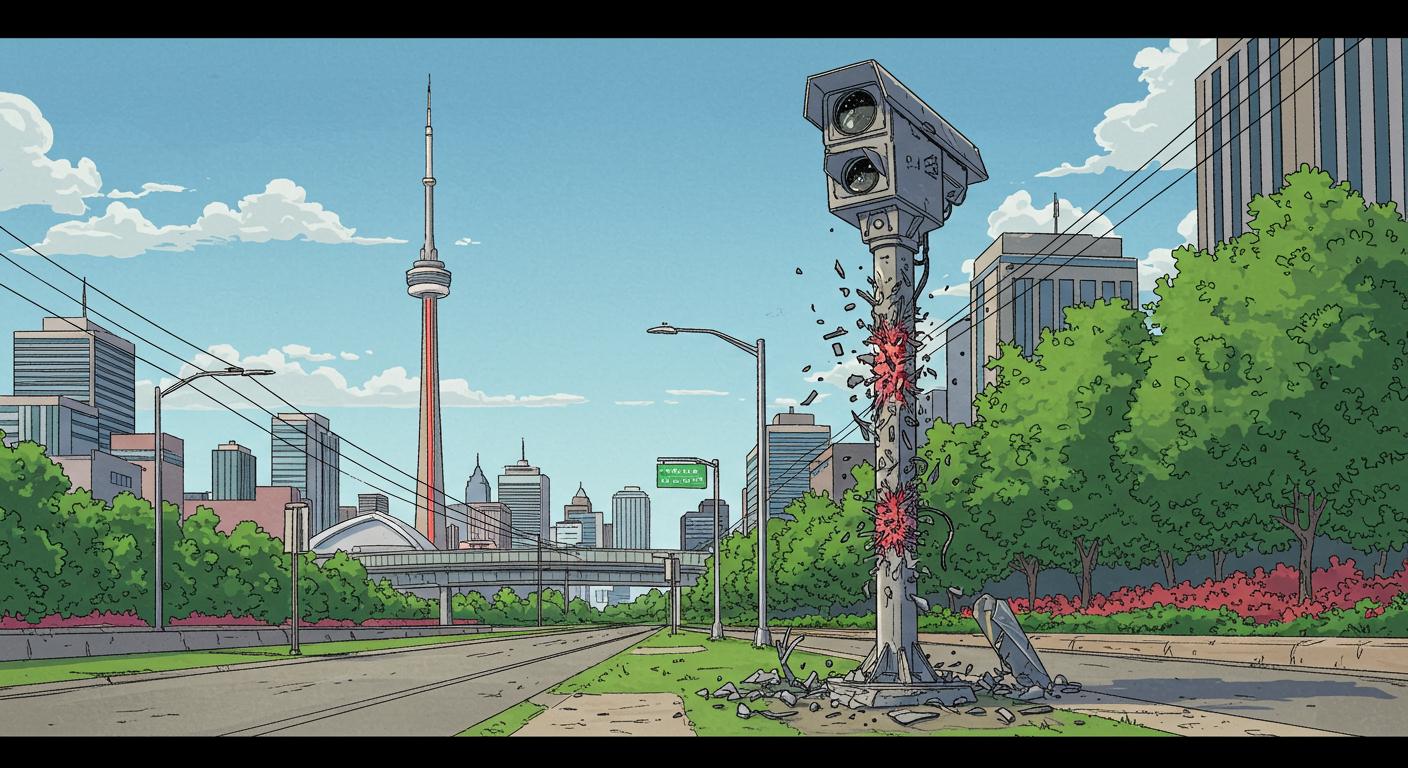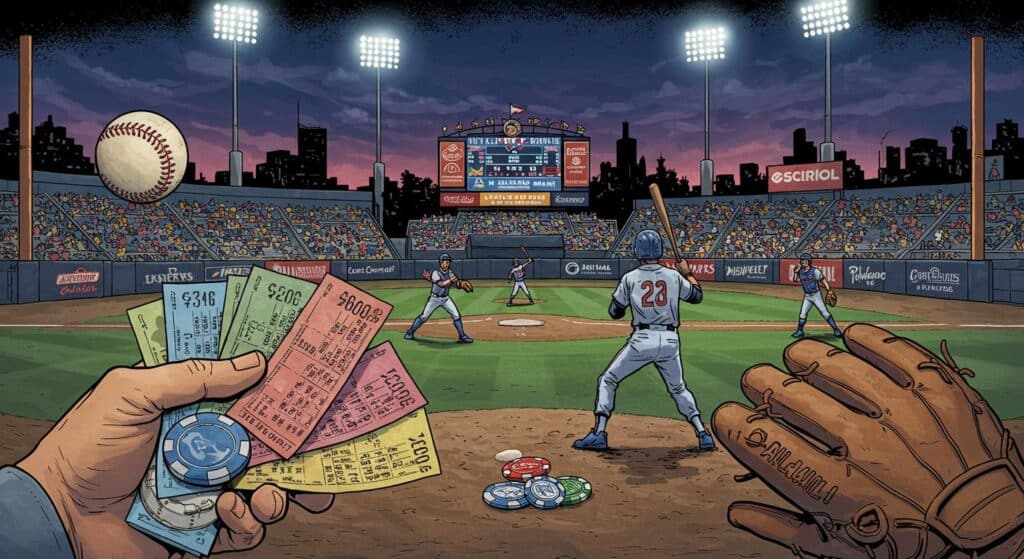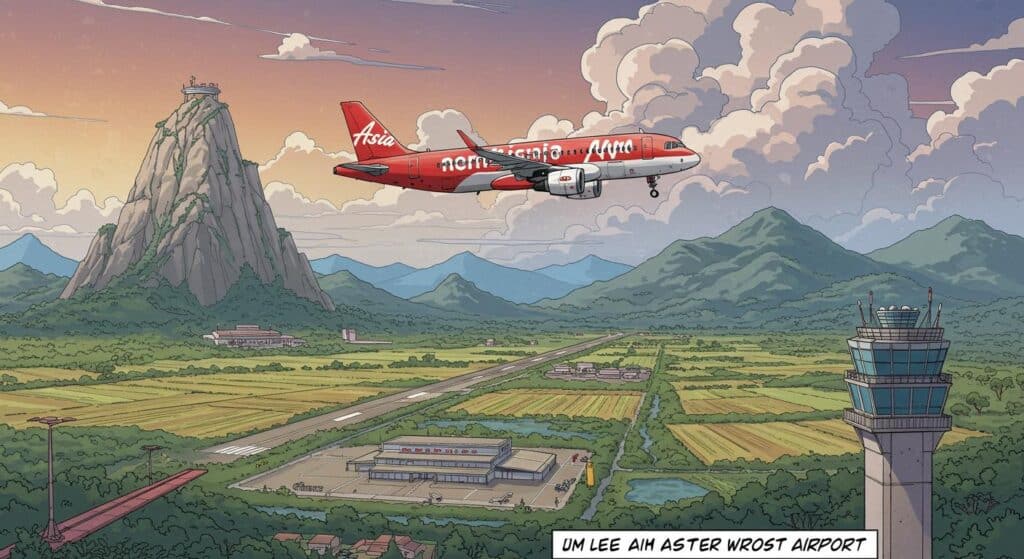Sometimes a news story lands in your lap that plays out less like a city policy update and more like an absurd game of urban whack-a-mole. Case in point: Toronto’s Parkside Drive speed camera—the roadside sentinel that simply won’t stay down, despite repeated and remarkably determined efforts.
The Curious Case of the Indestructible Camera
As reported by CTV News, Parkside Drive’s now-iconic speed camera recently returned to its usual post after being chopped down for what’s apparently the sixth time. A sixth! In a world where even the hardiest of city signs tend to last until an overzealous raccoon finds them, this device has reached true hydra status: lose a head (or pole), and two more—or at least one—seems to sprout up in its place.
Citing information from the advocacy group Safe Parkside, CTV News describes how crews were spotted reinstalling the camera yet again along the stretch of road bordering High Park. Parkside Drive is not exactly a sleepy cul-de-sac; it’s a major artery leading to Lake Shore Boulevard and the Gardiner Expressway, well-trafficked by locals and those who prefer their commutes with a dash of adrenaline.
According to figures relayed in the report, the camera has issued over 68,500 speeding tickets since its debut in 2022, raking in a hefty $7.3 million in fines. Notably, the device was installed following a tragic collision in which a driver was traveling at more than double the speed limit, resulting in two fatalities—a detail that underscores the city’s rationale for automated enforcement.
Creative Vandalism or Endurance Performance Art?
CTV News recounts the Parkside camera’s eventful history: its initial decapitation last November was followed by a fairly rapid reinstallation, which was itself met with another felling in less than 24 hours. By late December, the saga escalated—the camera was reportedly dragged into High Park and, in what sounds uncannily like performance art, dumped in a lake.
In the most recent event this July, the camera was dismantled despite additional police surveillance equipment. The outlet also notes that, as of their latest reporting, police investigations into the vandalism are ongoing, and public identification of any suspects remains outstanding.
One can’t help but speculate—was this a coordinated effort among like-minded speedsters, or the persistence of a single very motivated “anti-camera” enthusiast? For a device that merely takes pictures, it seems to generate a surprising amount of extracurricular activity.
Delays, Contracts, and Schrodinger’s Camera
Safe Parkside, as cited in the CTV News report, points out that Toronto’s contract with Verra Mobility—operator of these cameras—requires damaged devices to be repaired or replaced within 30 days. In practice, though, the group argues this standard has repeatedly not been met. In a rhetorical flourish captured by CTV News, they wondered whether the reinstallation’s slowness is a city strategy to reduce the chance of repeated vandalism, since “you can’t vandalize something that isn’t there.”
This raises an oddly philosophical dilemma: is a speed camera more successful when actively monitoring, or when its absence inspires imaginative protest and millions in unpaid fines? If a camera falls in a park and nobody sees it (because it’s underwater), does it still reduce speeding?
Reflections from the Sidelines
At the intersection of civic perseverance and guerrilla vandalism, it’s hard not to marvel at how Parkside’s camera has become something of an urban folk legend. This is traffic enforcement that inspires newsletter advocacy and after-dark capers involving saws, city parks, and—unverified, but plausibly—waders.
Far from discouraging further attempts, every reinstallation almost seems like an invitation for the cycle to begin anew. That’s an unusual dynamic for city infrastructure, which typically achieves “legendary” status only by standing still for decades. And yet, here’s Parkside’s mechanical traffic cop—coming back for more, again and again.
So, as city crews pour fresh concrete yet again and somewhere, perhaps, someone sharpens a saw in anticipation, you really do have to wonder: is this a battle of wills or just a uniquely inefficient form of municipal theater? Either way, Parkside’s camera may have nine lives—or, if history is any guide, more—and its legend is only growing by the cut.







